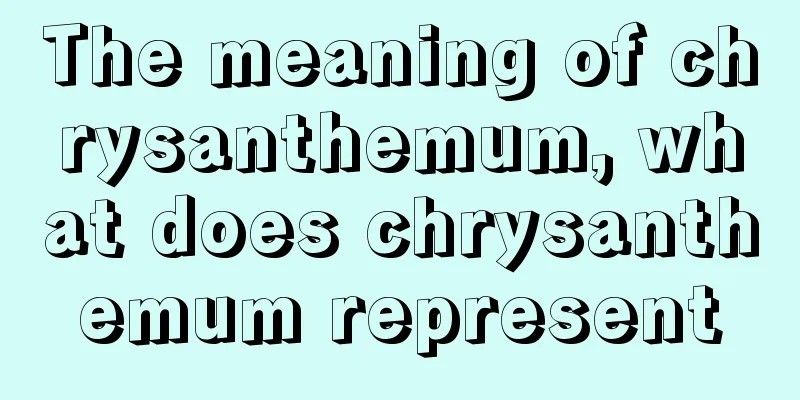Can adding urea to corn herbicide increase its efficacy (can herbicides be used together with urea)?

|
I went out for a walk yesterday and saw some people spraying spring corn. Some were spraying insecticides and aphidicides, and some were spraying post-emergence herbicides. This is a good time to spray corn with aphidicide and herbicide to prevent viral diseases. Weeds are in the seedling stage and are sensitive to herbicides, so they are easy to kill. The questioner asked whether urea can be added to corn herbicides. My suggestion is that it can be added, but it is best not to spray it on the corn cobs and leaves to prevent pesticide or fertilizer damage. The main reasons for adding urea to herbicides are: 1. The auxiliary role of ureaUrea is a very good amide nitrogen fertilizer and neutral fertilizer. The main reason is that urea has small molecules and has "cooperative properties", which means it can help the fertilizers and drugs mixed with it to quickly enter the body of the plant and increase the penetration rate. When corn herbicide is mixed with urea, the urea molecules will help the herbicide molecules to quickly penetrate into the weeds, shortening the penetration time of the herbicide and improving its efficacy. This is just like the principle of whether a person can reach a destination on foot or by hitchhiking. The latter definitely takes less time, and the hitchhiker is the urea and the herbicide is the passenger. 2. HygroscopicityUrea has a certain hygroscopicity and can stay on the leaf surface for a longer period of time, especially when the air humidity is high, which can increase the residence time on the leaf surface, such as when it is humid at night. Most corn herbicides are systemic or osmotic, and the length of time they stay on the weed leaves determines the amount of absorption or penetration . Generally speaking, whether it is liquid medicine or foliar fertilizer, the longer it stays on the leaves, the better the effect, and it would be best if it could last more than an hour. Therefore, when we spray foliar fertilizers or systemic and penetrating herbicides: First, avoid spraying in the hot sun and strong wind. It is best to spray on a cloudy day, or before 9-10 am and after 4-5 pm on a sunny day. The second is to add an appropriate amount of wetting agent, such as neutral soap solution, detergent, etc. Of course, adding urea is also a good idea because it is hygroscopic. 3. Supplement nitrogen fertilizerWe add urea to corn herbicides not to add nitrogen fertilizer to corn, because the focus of our spraying of these things is different. If your main goal is to add nitrogen fertilizer to the corn leaves, then just choose urea without adding herbicides. The key to spraying corn herbicides is to spray on weeds to prevent and kill weeds. The purpose of adding urea is to promote vigorous growth of weeds and improve absorption . Nitrogen grows branches and leaves. It is a component of chlorophyll, which can improve photosynthesis, make weeds grow vigorously, and improve absorption capacity. But weeds don't have a "brain". They can't tell whether it's a delicacy or a poison. They just eat. The more they grow, the more they eat. The herbicide and urea enter the weeds' bodies together. As a result, the poison enters their mouths and they can never spit it out. If urea can be used as fertilizer for corn, then the tiny amount of urea water that falls into the soil and accidentally gets on the leaves can be ignored. Although some herbicides are highly selective, such as corn herbicides, which are effective against broadleaf weeds and some grass weeds, they cause little or no harm to corn. However, there are certain taboos for the use of herbicides, that is to say, there are requirements, such as temperature, moisture, light, compatibility, etc. After all, herbicides are not only for weeding, once used improperly, they will also be powerful and even crops will be removed. Therefore, when herbicides can be sprayed alone, try to use them alone. Adding synergists such as urea will increase the medicinal properties and may cause harm to corn. Therefore, try not to spray on the plants, especially the corn cobs and leaves, after all, corn is also a grass plant. As for how much urea should be added to a spray bucket. I think 1-3 taels is enough. If you add more, fertilizer damage will occur before the weeds can absorb the liquid, and the leaves will wilt. Wouldn't that make the herbicide useless? |
Recommend
What kind of fertilizer is good for Chinese cabbage base fertilizer (base fertilizer application method)
Effect of Chinese cabbage base fertilizer When ca...
Do strawberries like water or drought?
Do strawberries prefer moisture or drought? Straw...
Brazilian iron soil replacement time and method
Brazil Iron Soil Replacement Time For the Brazili...
How to grow Hierro pink mountain rose
1. Temperature Although the temperature is high i...
How to care and manage the lucky tree
Lucky tree growth conditions The lucky tree must ...
The efficacy and function of Houttuynia
1. Anti-virus Houttuynia cordata has significant ...
Where to plant bamboo in the garden
1. Corner It is not suitable to plant bamboo in l...
These 5 kinds of flowers will die if they are exposed to rain. If you don’t move them back, it will be too late to regret!
Dahlia Root rot caused by rain: Dahlias have rela...
The cultivation experience of succulent experts, don't let succulents be sacrificed in vain
Dormancy or "death"? Often, novice succ...
Sunflower flowering period, when is the sunflower season
1. Sunflower flowering period Sunflowers are usua...
Faced with these bizarre ways of growing flowers, I can only be stunned
As shown in the following pictures, Huahua only s...
How to make the Brazilian tree bloom and how to care for it during the flowering period
1. How to make the Brazilian tree bloom 1. Suitab...
Can onions be grown hydroponically? How to grow onions hydroponically
Can onions be grown hydroponically? Onions can be...
Are white butterflies poisonous?
Are white butterflies poisonous? The white butter...
Sugarcane planting technology
1. Select cutting Prepare a piece of unpeeled sug...









